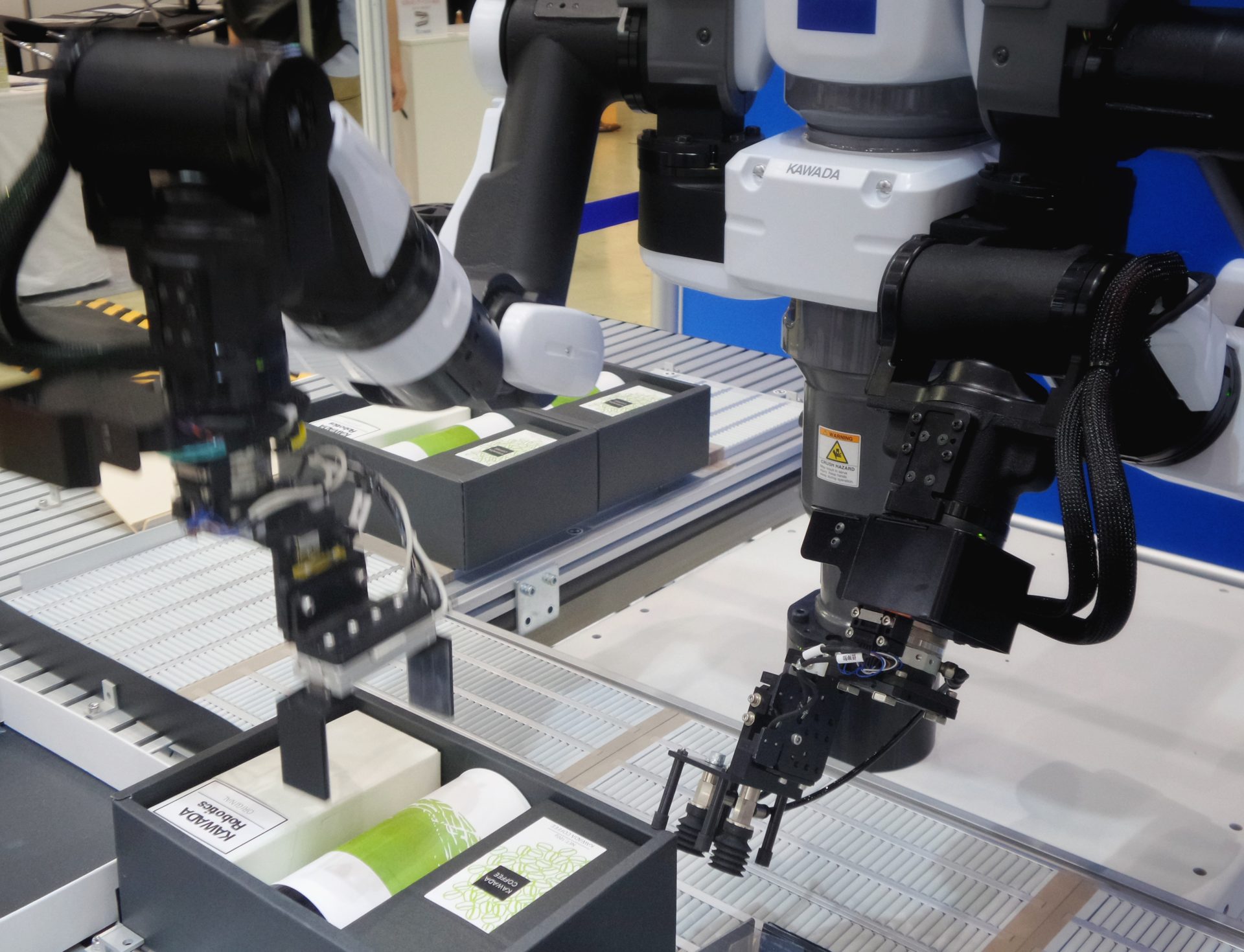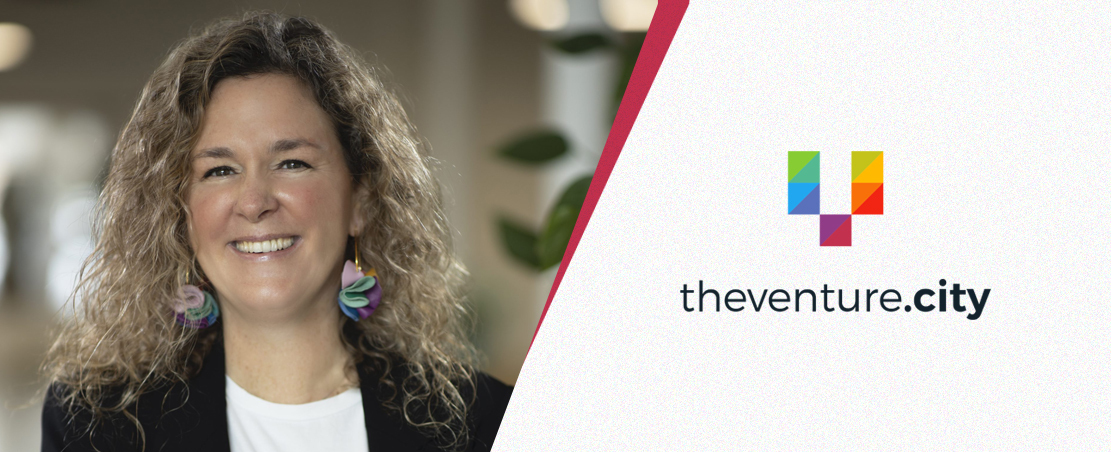Learning Models in Times of Disruption
Emerging economies are typically characterized by large populations. The traditional approach has been of first graduating from grade school, followed by attaining a college diploma or university degree. The ensuing step is to then seek employment in one’s field of study or specialization and work in earnest, with the goal being to scale the rungs of organizational hierarchy.
A typical college or university course usually spans three years on average and in simple terms, it is a substantial investment both in monetary terms as well as time spent. Courses such as medicine, law or architecture are only offered through a university model and are considered a higher level of academic qualification. Meanwhile, a vocational education and training course can span anywhere from a few hours to a couple of years.
The Underlying Challenge
It is commonly acknowledged that a country’s development and growth are largely dependent on its youth. In the typical emerging economy, this demographic accounts for an estimated 33 percent of the working age population. They need employment but unfortunately, most are faced with a dismal labor market. An International Monetary Fund report highlighted that ‘about 20 percent of them are neither employed, in school, nor in training (the youth inactivity rate).’ In a developed economy, this figure usually hovers around 10 percent. The report also estimates that if youth inactivity was addressed in an emerging economy, the corresponding increase in real output could increase by as much as 5 percent.
In the case of advanced economies, the uptake of artificial intelligence and automation will lead to many traditional job roles becoming obsolete. Workers in several segments will perhaps have to reskill themselves to find employment in new job roles. For instance, only a decade ago, a data scientist was an unfamiliar job title. In the current scenario, they are in high demand worldwide.
Cost-benefit Analysis
University and college courses are long drawn – implying a significant time commitment. In addition, there is a sizeable monetary outlay too with the cost of college education in the US averaging over $20,000 annually. The common practice for students is to secure a student loan and no sooner have they graduated they are burdened with massive debt to repay. In fact, student debt has acquired monumental proportions in the US; the cumulative figures now total over $1.5 trillion. Meanwhile, the average annual starting salary for a college graduate in the US is $47,000. It must also be highlighted that despite a college or university degree, there is no certainty of finding employment.

In an emerging economy such as India, the prevailing scenario in terms of employment is best termed a paradox. On the one hand, it is home to the world’s youngest population and where a large subset of its demographic is equipped with even master’s degrees. At first glance, it represents a rosy picture – one with talents abound. The reality, however, is in stark contrast with most being unemployable because of a lack of fundamentals such as soft skills. While its government has made efforts to address this gap, employers are expending significant resources in training their new recruits in virtues that should ideally have been imparted in grade school.
Considering its population, India needs to create 1 million jobs every single month and the traditional college and university models are unlikely to meet these lofty thresholds. The average annual starting salary for a college graduate in the country is well below $3,000, and this is after having spent 3-4 years in college or university.
Technology as a Socio-Economic Agent
A World Bank report highlighted, ‘Investing in skills has risen to the top of the policy agenda today in rich and poor countries alike.’ Vocational skills, in particular, offer the ability to make individuals job ready in shorter spans of time. In both advanced and emerging economies, technology has been an agent of change, a socio-economic leveler of sorts. Earlier, a vocational course usually implied a trade such as carpentry or welding; a skill that usually needed physical labor. However, technology has widened the scope of vocational courses and there are abundant options. A short-term course in coding, a few weeks’ deep dive into social media marketing or even a basic course in e-commerce can ensure self employment. Moreover, an individual’s location is definitely no longer an impediment to progress.
A widely used application currently is Udemy, a US headquartered company offering online courses in specific skills. There are over 50 million students currently enrolled with over 57,000 instructors. Course fees start from well under $50.
Brace for Disruption
A passionately debated subject today is whether current elementary school going children will have to train for jobs that are yet to be invented. While some hold this to be true, others maintain that most traditional job roles will not be affected.
However, disruption is ushering in change at an unprecedented scale and while the debate continues, the traditional college and university models are certainly on the brink of witnessing profound changes.



